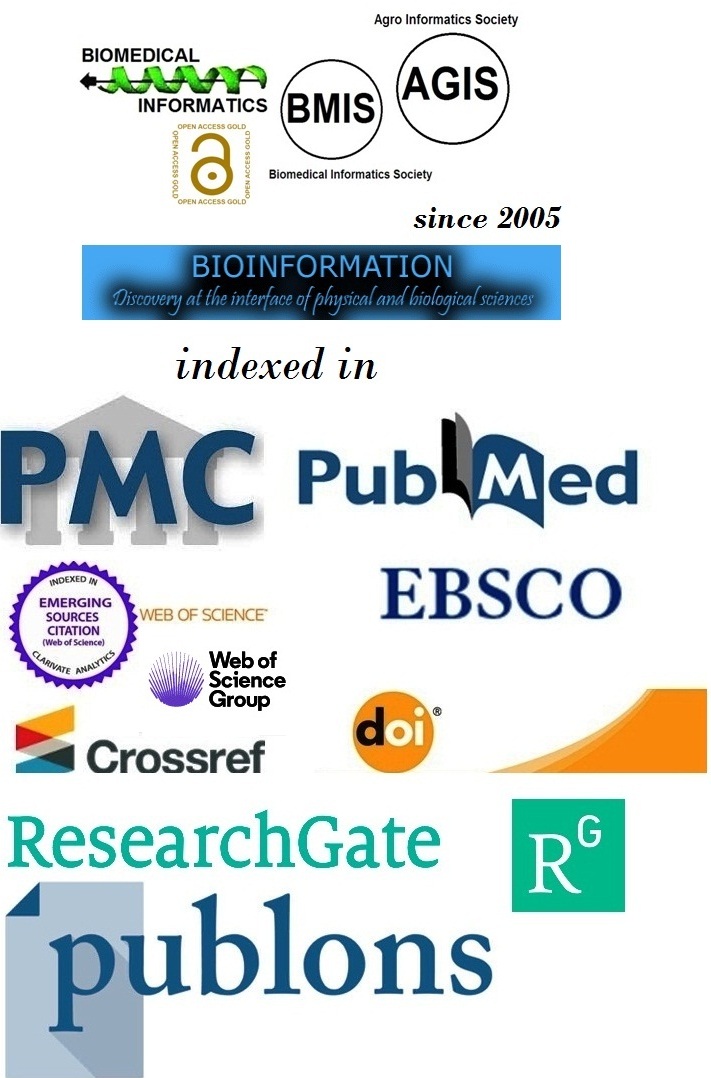Title
Indirect pulp therapy with selective removal of carious dentin in permanent teeth: An in vivo study with one year follows up
Authors
Khushbu Barak1, Ashtha Arya1,*, Labishetty Karthik2, Aksharkumar J Patel3, A. Vinod Kumar4, Tejaswi Kala5
Affiliation
1Department of Conservative Dentistry and Endodontics; SGT Dental College, Hospital and Research Institute, SGT University, Gurugram, Haryana, India; 2Department of Conservative Dentistry and Endodontics, Tirumala Institute of Dental Sciences and Research Center, Nizamabad, Telangana, India; 3Registered Dental Assistant (Level 1 & 2), Scott Family Dental Office, Thunder Bay, Ontario, Canada - P7B1C5; 4Department of Conservative Dentistry and Endodontics, Meghna Institute of Dental Sciences, Nizamabad, Telangana, India; 5Department of Public Health Dentistry, Tirumala Institute of Dental Sciences and Research Center, Nizamabad, Telangana, India; *Corresponding author
Khushbu Barak - E-mail: draryaashtha@gmail.com
Ashtha Arya - E-mail: drashthaarya@yahoo.co.in
Labishetty Karthik - E-mail: labishettykarthik@gmail.com
Aksharkumar J Patel - E-mail: akshar.j.patel112@gmail.com
A. Vinod Kumar - E-mail: dr.vinodavusula@gmail.com
Tejaswi Kala - E-mail: ktejaswi9@gmail.com
Article Type
Research Article
Date
Received June 1, 2025; Revised June 30, 2025; Accepted June 30, 2025, Published June 30, 2025
Abstract
The aim of the present study is to evaluate the efficacy of indirect pulp therapy (IPT) with selective removal of carious dentin in deep carious lesions of permanent teeth. One hundred permanent molars and premolars with deep carious lesions and no signs of irreversible pulpitis were selected. Selective caries removal was performed, preserving a layer of soft dentin over the pulpal wall. Calcium hydroxide liner was applied, followed by composite restoration. Clinical and radiographic follow-ups were conducted at 1, 6, and 12 months. At the 12-month visit, the cavity was re-entered to assess tertiary dentin formation. At 12 months follow up seventy-three cases were successful, with only two failures, resulting in a success rate of 97.3%.
Keywords
Indirect pulp capping, calcium hydroxide, selective caries removal, tertiary dentin, deep caries
Citation
Barak et al. Bioinformation 21(6): 1367-1369 (2025)
Edited by
P Kangueane
ISSN
0973-2063
Publisher
License
This is an Open Access article which permits unrestricted use, distribution, and reproduction in any medium, provided the original work is properly credited. This is distributed under the terms of the Creative Commons Attribution License.
